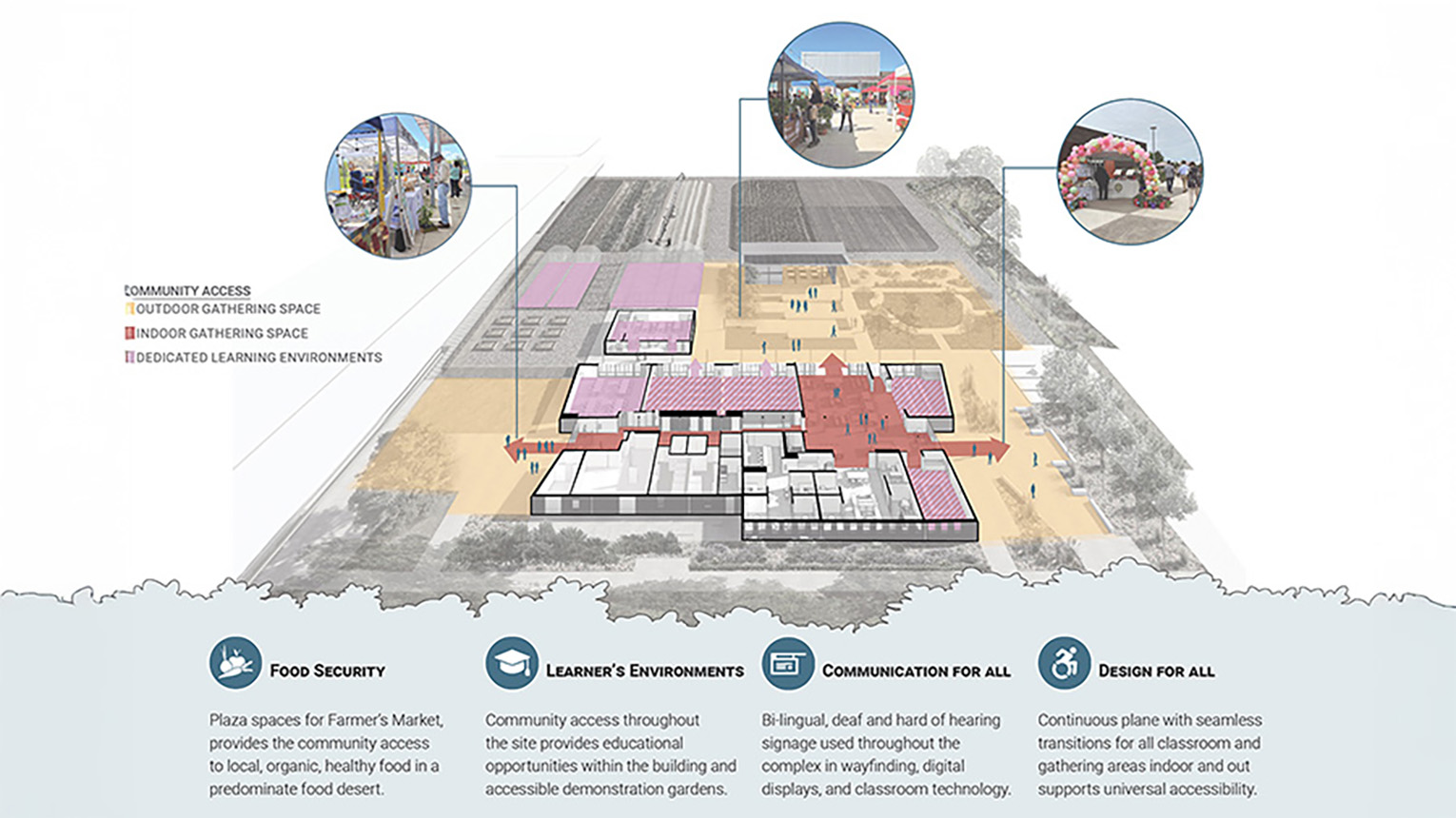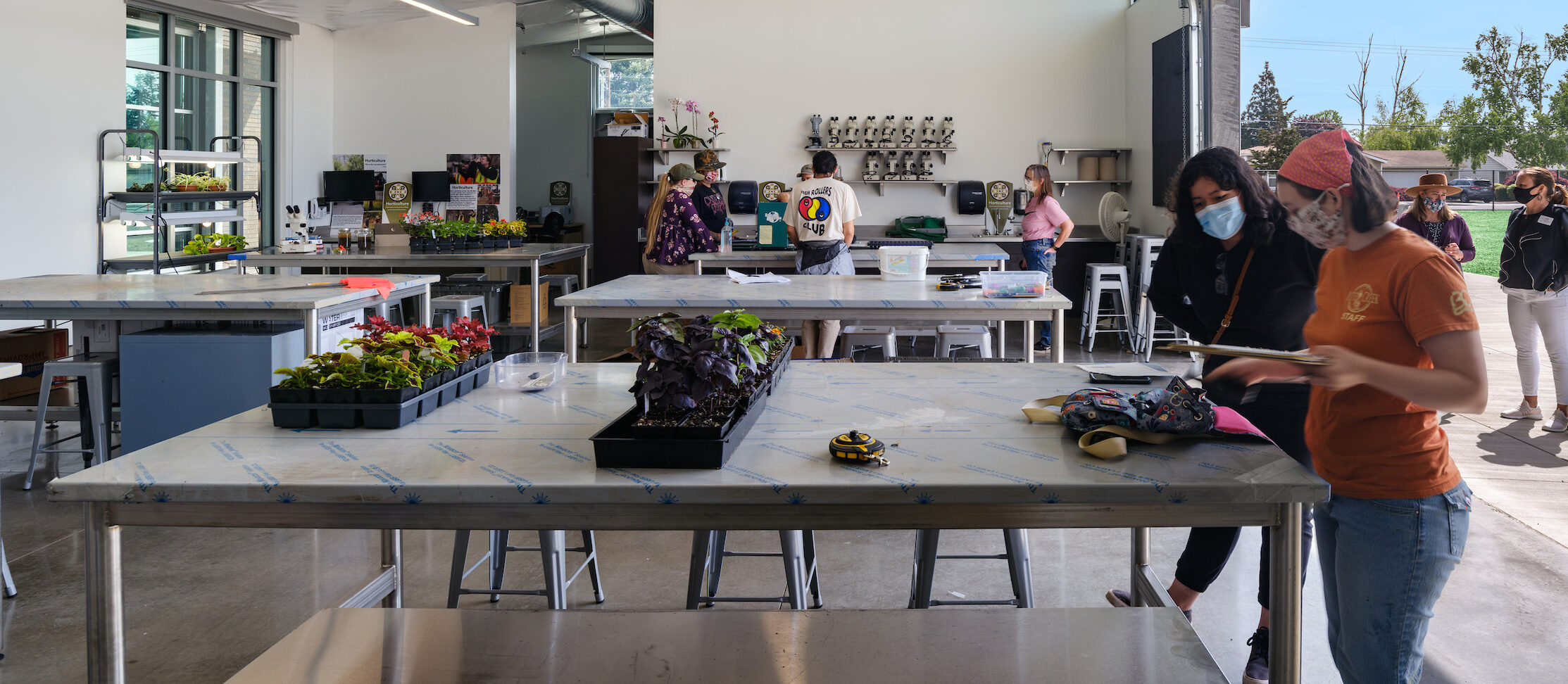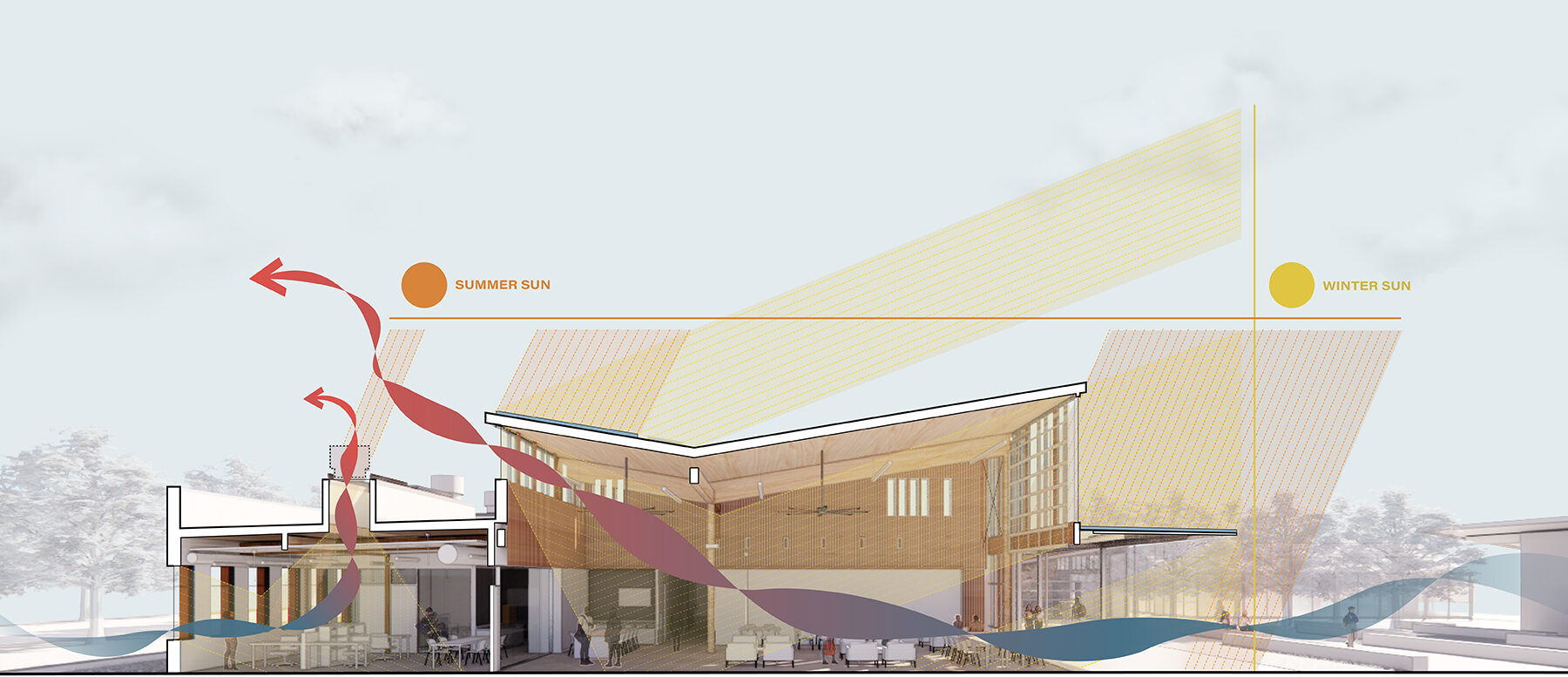Discover how Chemeketa Community College’s Agriculture Complex revolutionizes sustainable education at WOHESC 2025. Learn to create impactful community-centered educational spaces.
WOHESC 2025 Preview: How Chemeketa’s Agriculture Complex Bridges Education and Community
In an era where educational institutions seek meaningful ways to serve their communities, Chemeketa Community College has created a remarkable model of success. At the upcoming Washington & Oregon Higher Education Sustainability Conference (WOHESC 2025), three visionary leaders will share insights from their groundbreaking Agricultural Complex project.
A Hub for Community-Centered Education
The Agriculture Complex stands as more than just another set of campus buildings—it represents a vital bridge between academic excellence and community empowerment. Located strategically at the campus edge, this innovative facility serves multiple roles: an educational center, industry and community gathering space, creating catalyst for regional economic development.

Meeting Critical Community Needs
This facility tackles pressing local challenges head-on. In an area designated as a food desert, the complex’s agricultural programs directly supply the college’s food pantry, addressing immediate food security needs and helps inform wellness around food. The project demonstrates how thoughtful design and programming can create lasting positive impact.
Innovation Meets Tradition

Tim Ray, Dean of Agriculture and Horticulture, will discuss how the complex balances cutting-edge technology with traditional agricultural practices. Students work with advanced robotics while learning from generational farming techniques, creating a unique blend of innovation and heritage. These programs prepare graduates for the evolving demands of modern agriculture while honoring traditional methods.
Sustainable Design for a Sustainable Future
“The Agriculture Complex represents a new paradigm in sustainable educational design,” says Edward Running, Partner at FFA Architecture and Interiors. “By prioritizing local materials and implementing forward-thinking energy strategies, we’ve created a facility that doesn’t just teach sustainability—it embodies it.” Running will reveal how the complex achieved Net Zero energy consumption within three years of completion, demonstrating how architectural innovation can align with community values while ensuring adaptability for future needs.

Building Community Partnerships
Holly Nelson, Chief Officer at Chemeketa Community College, will share insights about developing and growing community-centric programs. Her collaborative approach during the design phase ensured the facility would serve both educational and social needs effectively. The complex now hosts local industry organizations and non-profits, creating a vibrant ecosystem of support for disadvantaged populations.
Transform Your Institution’s Community Impact
WOHESC 2025 presents a unique opportunity to learn from this groundbreaking project. Register now to join forward-thinking leaders in higher education sustainability and community engagement.
Why Attend this Session
- Gain practical strategies for creating multi-functional educational spaces that serve student and community needs
- Learn how to design flexible facilities that evolve with changing requirements
- Discover methods for positioning your institution as a community support hub
- Access proven approaches to go beyond simple sustainable practices that benefit both campus and community
Secure your Spot Today
Don’t miss “Cultivating Connections: Designing a Hub for Community-Centric Education” at WOHESC 2025.
